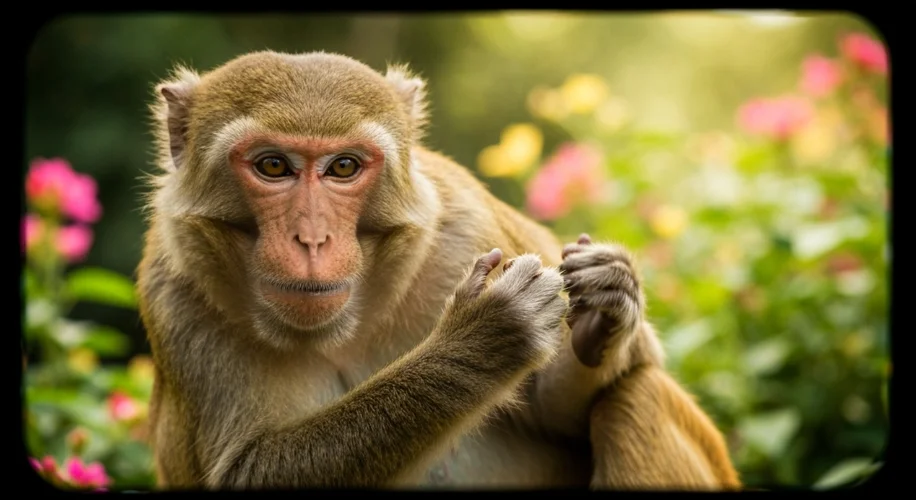Have you ever watched your pet dog vigorously scratch behind its ear with its hind leg, or seen a monkey meticulously groom another, including those satisfying scratching moments? It might seem like a simple, instinctual behavior, but there’s a whole lot of fascinating science behind why animals enjoy scratching. It turns out, it’s not just about relieving an itch!
The Evolutionary Itch
From a biological standpoint, scratching is a fundamental response to stimuli like insects, dirt, or even just an itchy patch of skin. But for many animals, it’s also a source of undeniable pleasure. This pleasure response is linked to the release of endorphins, the body’s natural mood boosters and pain relievers. Think of it like a mini-massage for their nervous system.
This sensation isn’t just about comfort; it plays a role in how their nervous systems develop. For young animals, the tactile stimulation from scratching, whether self-inflicted or through social grooming, can help build neural pathways. It’s like early sensory input that contributes to healthy brain development.
Scratching as Social Glue
Beyond the individual, scratching, particularly through social grooming (allogrooming), is a powerful bonding tool in the animal kingdom. When animals groom and scratch each other, like primates do, it reinforces social hierarchies, builds trust, and strengthens community ties. It’s a way of showing affection and maintaining peace within a group. A good scratch can literally make them feel good and connected to others.
What If They Never Got to Scratch?
It’s a curious thought experiment: what would happen to an animal that, for some reason, never experienced the sensation of scratching? Given its connection to nervous system development and well-being, it’s possible they might experience issues with sensory processing or social integration. The absence of this seemingly simple pleasure and its associated neural feedback could potentially lead to developmental differences.
A Universal Pleasure?
While we often associate it with mammals, the act of scratching or similar self-maintenance behaviors can be observed across a wide range of species. Turtles might rub their shells, birds preen their feathers, and even insects engage in movements that could be considered a form of skin maintenance. While the subjective experience of pleasure is hard to measure across species, the underlying biological mechanisms for relief and stimulation are likely conserved to some degree.
So, the next time you see an animal enjoying a good scratch, remember it’s a complex behavior with roots in evolution, neurology, and social connection. It’s a small reminder of the intricate and often delightful ways life on Earth functions.

